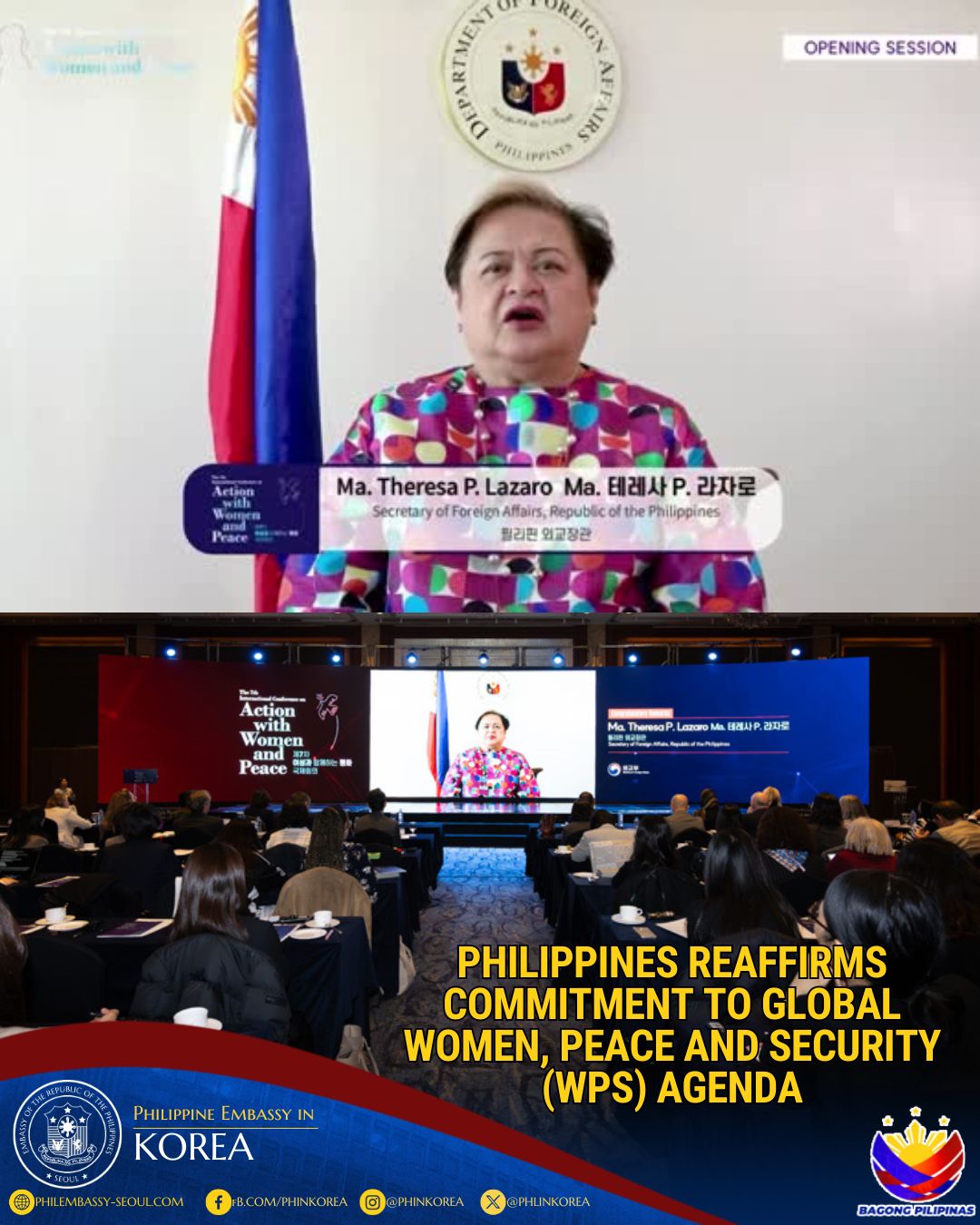Moody`s affirms the Philippines` positive rating outlook
Singapore, Feb. 13 (PNA) -- Moody`s Investors Service has affirmed the positive outlook on the Philippines` B1 foreign and local currency government ratings and the Ba3 country ceiling for foreign currency bonds and B1 country ceiling for foreign currency bank deposits.
Moody`s had in late-January 2008 change the rating outlook to positive from stable. The rating agency notes that the Philippines has so far demonstrated a remarkable degree of resiliency to the global financial and economic crises, and has largely preserved gains achieved in recent years in improving the country`s economic, external payments and fiscal fundamentals. ``The Philippines` balance of payments and banking system have held up well to the global inflationary and credit market shocks of 2008, thereby placing the country`s external payments in a strengthened position to cope with the stresses likely to be encountered in 2009,`` says Tom Byrne, a Moody`s Senior Vice-President. The improving trend in external debt service capacity will pause but it may not deteriorate. ``This situation, together with the current steady deceleration of inflation towards the Central Bank`s 2.5-4.5 percent formal targeting range in 2009, should help ease pressure on the exchange rate this year and provide the Central Bank with additional scope to relax policy to cushion the effects of the global recession,`` says Byrne. Moody`s considers that a stable peso is crucial for containing budgetary debt service payments ``more than 50 percent of public sector debt is denominated in foreign currencies`` and so allow for budgetary resources to be channeled into infrastructure programs and fiscal stimulus measures. Furthermore, Moody`s considers that the government`s intention to increase the national government deficit only moderately in 2009, rather than adhering to its stated aim of balancing the budget this year, would not necessarily permanently reverse the improving trend in the government`s debt metrics. The Philippine`s public sector debt overhang remains greater than most its rating peers. ``Moody`s believes that the country`s long-term fiscal outlook would improve with more progress in shoring up government revenues, both through tightened administration and new tax measures, several of which are now pending before Congress,`` says Byrne. ``In addition, while expenditure control has improved in recent years and Treasury debt management has been skillful, these alone will not ensure fiscal sustainability.`` ``For the rating to move up, Moody`s will assess the prospects for the continued resiliency of the country`s balance of payments and the government`s ability to limit revenue slippage. In this context, a key concern will be how overseas workers remittances hold up. These have grown by double digits since 2002 and amounted to $ 15 billion in the first 11 months of 2008, or about 20 percent of current account receipts and equal to 10 percent of GDP, but may decline in 2009. ``The extremely volatile global economic conditions present challenges to having a forward looking rating that attempts to see through the crisis. Nonetheless, in the immediate three to six months ahead it should become more evident whether the improvement in the Philippines` credit fundamentals can be preserved,`` says Byrne. The principal methodology used in rating the government of the Philippines is Moody`s Sovereign Bond Methodology, which can be found at www.moodys.com in the Credit Policy and Methodologies directory, in the Ratings Methodologies subdirectory. Other methodologies and factors that may have been considered in the process of rating this issuer can also be found in the Credit Policy and Methodologies directory on Moody`s website. (PNA) ALM/PR/mec/mcm


 December 11, 2025
December 11, 2025
 December 10, 2025
December 10, 2025
 December 08, 2025
December 08, 2025
